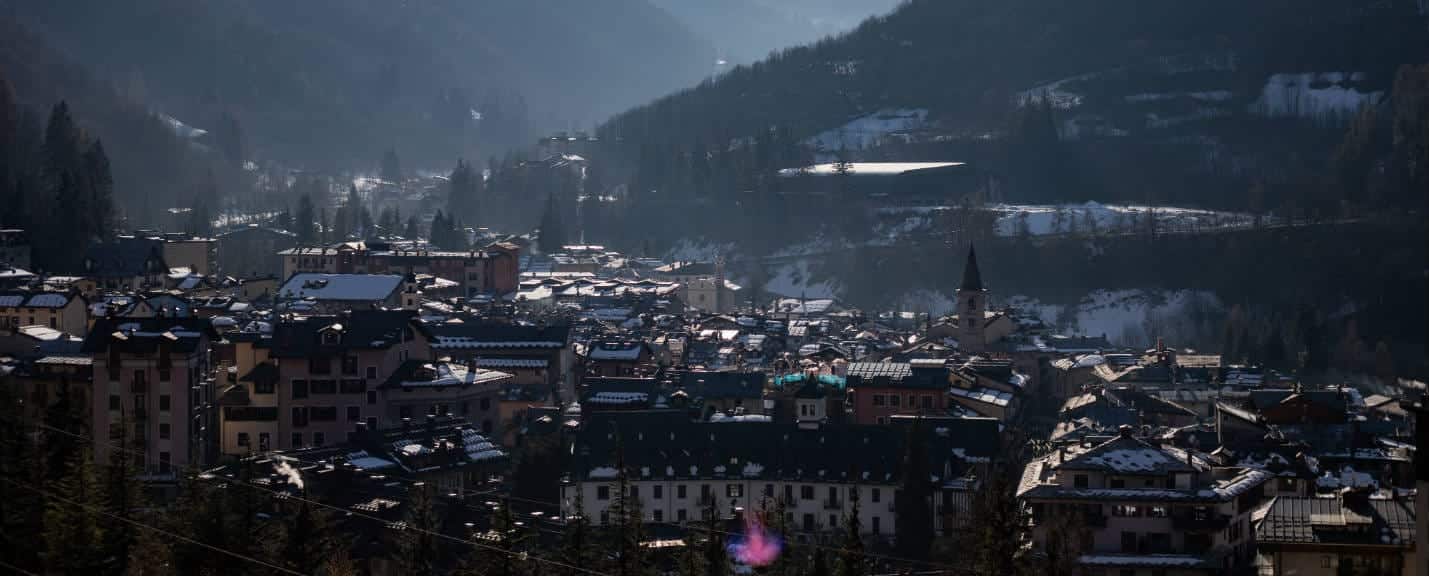The first documentary evidence dates back to the second half of the thirteenth century, but the origin of the church is likely to be placed in the twelfth century, as a commemorative plaque preserved in the church would seem to attest. The existence of a pre-existing building is certain, as confirmed by two apses placed on the side of the bell tower. The building reached its current structure, in which Romanesque and Gothic elements coexist, between the 14th and 15th centuries, as shown by the date 1363 carved on a stone on the right side of the altar of the Annunciation and the date 1447 carved on the first column to the left of the main door.
The stone facade is marked by pilasters and houses a 15th century Deposition in the lunette of the portal. The interior has three naves, with cross vaults supported by twelve granite columns, representing the twelve most influential families in the area. The walnut pulpit, carved from the 16th century, comes from the Certosa di Chiusa di Pesio. The Romanesque bell tower, belonging to the previous church, dates back to the 11th century. Inside stand out the two stoups in local white stone made in 1668, the pulpit, the altar of the Rosary in carved and gilded wood in the second half of the seventeenth century and the three paintings painted by G. Bottero in the last quarter of the nineteenth century .


